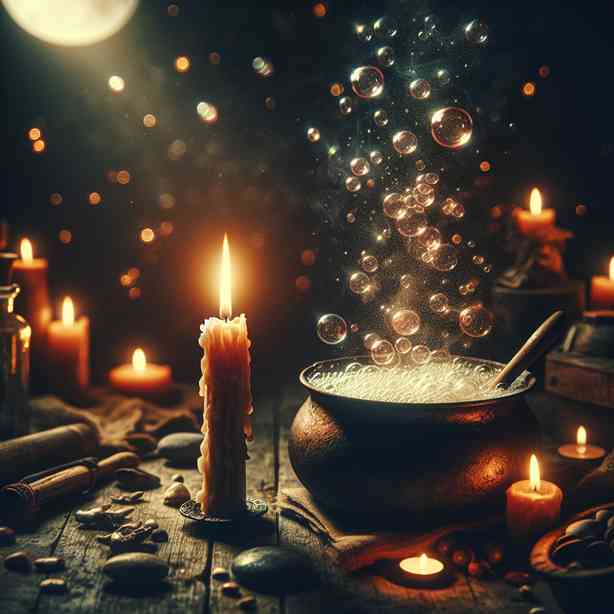
Slow burns, often found in literature, film, and series, have captivated audiences for generations. They provide a unique experience that builds anticipation, evokes emotions, and creates a sense of connection with characters and narratives. This phenomenon is not merely a storytelling technique; it’s an intricate art form that plays on the psychology of storytelling, appealing to a deeper part of our minds. Understanding why slow burns are so addictive requires us to explore their structure, emotional depth, character development, and the resulting suspense that keeps audiences engaged.
At its core, a slow burn is characterized by gradual pacing, allowing time for the story and characters to unfold in a deliberate manner. Unlike fast-paced narratives that grip viewers instantly, slow burns invite them on a journey, immersing them in a world where tension and drama build steadily. The beauty of a slow burn lies in its ability to create an emotional connection, making viewers more invested in the plot and characters. This investment is often amplified by the anticipation of a climax or resolution, which, when finally reached, can be incredibly satisfying.
One of the defining features of slow burns is their focus on character development. In a world that often glorifies instant gratification, slow burns go against the grain, taking the time needed to flesh out characters in a way that allows the audience to understand their motivations, fears, and desires. As we watch characters navigate their journeys, we become attached to them. Their struggles become our struggles, and their victories, our victories. This deep connection is what makes slow burns so engaging; we become emotionally invested in the characters’ stories, and that investment is what keeps us coming back for more.
Furthermore, the tension in a slow burn is palpable, even if it is not always obvious. This tension often manifests as a slow build of suspense, where the audience is left wondering what will happen next. Each scene may feel like a stepping stone, gradually leading us to the inevitable climax. This slow accumulation of suspense creates an addictive quality, as viewers are compelled to keep watching, eager to see how the story unfolds. It is this tension that often transforms a simple narrative into a gripping experience, forcing us to contemplate and predict the outcome.
Another vital aspect of slow burns is their ability to evoke a wide range of emotions. By taking the time to develop characters and their relationships, slow burns create complex emotional landscapes that can resonate deeply with audiences. Whether it’s the heartache of lost love, the struggle for redemption, or the thrill of overcoming obstacles, these narratives tap into universal emotions that resonate with diverse audiences. This emotional connection enhances the overall experience, making slow burns not just a form of entertainment but a journey through the human experience.
In addition to character and emotional development, the thematic richness of slow burns adds to their allure. They often tackle complex themes such as trauma, love, betrayal, and friendship, encouraging viewers to engage with the material on a more cerebral level. This thoughtful exploration of themes invites discussions and reflections, further drawing viewers into the narrative. The slower pacing gives the audience time to ponder the implications of the story, making it not just a passive viewing experience but an interactive one.
Cinematic techniques contribute to the addictive nature of slow burns as well. The use of cinematography, music, and dialogue can enhance the storytelling, immersing viewers in the atmosphere and emotional tone of the narrative. For instance, a haunting musical score can amplify tension, while subtle but powerful performances can convey the internal struggles of characters. These elements all work in harmony to create a cohesive experience that captivates audiences and leaves a lasting impression.
Moreover, slow burns can provide a sense of catharsis. After a prolonged buildup of tension and conflict, the resolution in slow burn narratives often feels earned. The climactic moments, whether they are joyous or heartbreaking, resonate deeply because of the journey the audience has taken alongside the characters. This sense of payoff can be profoundly satisfying, making the slow burn experience incredibly rewarding.
In the world of streaming services and binge-watching, the format of storytelling has evolved, yet the appeal of slow burns remains timeless. Audiences have a wealth of content at their fingertips, but those willing to invest their time in a slow burn are often rewarded with rich narratives that linger long after the credits roll. This is especially true as viewers increasingly seek meaningful stories that engage them on multiple levels, rather than simply entertaining them for a brief moment.
In conclusion, the addictive nature of slow burns can be attributed to a combination of gradual pacing, rich character development, emotional depth, thematic exploration, and an overall immersive experience. They draw us in, allowing us to forge connections with characters and their journeys. As we navigate the tension and emotion, we find ourselves deeply invested, eagerly anticipating the climax that, once reached, delivers not just satisfaction but a profound sense of connection with the narrative. In a world that often prioritizes speed and instant gratification, slow burns stand as a testament to the power of storytelling, reminding us that sometimes, the most rewarding experiences are those that take their time to unfold. And as such, they hold a special place in the hearts of many, continually captivating both new and seasoned audiences alike.


